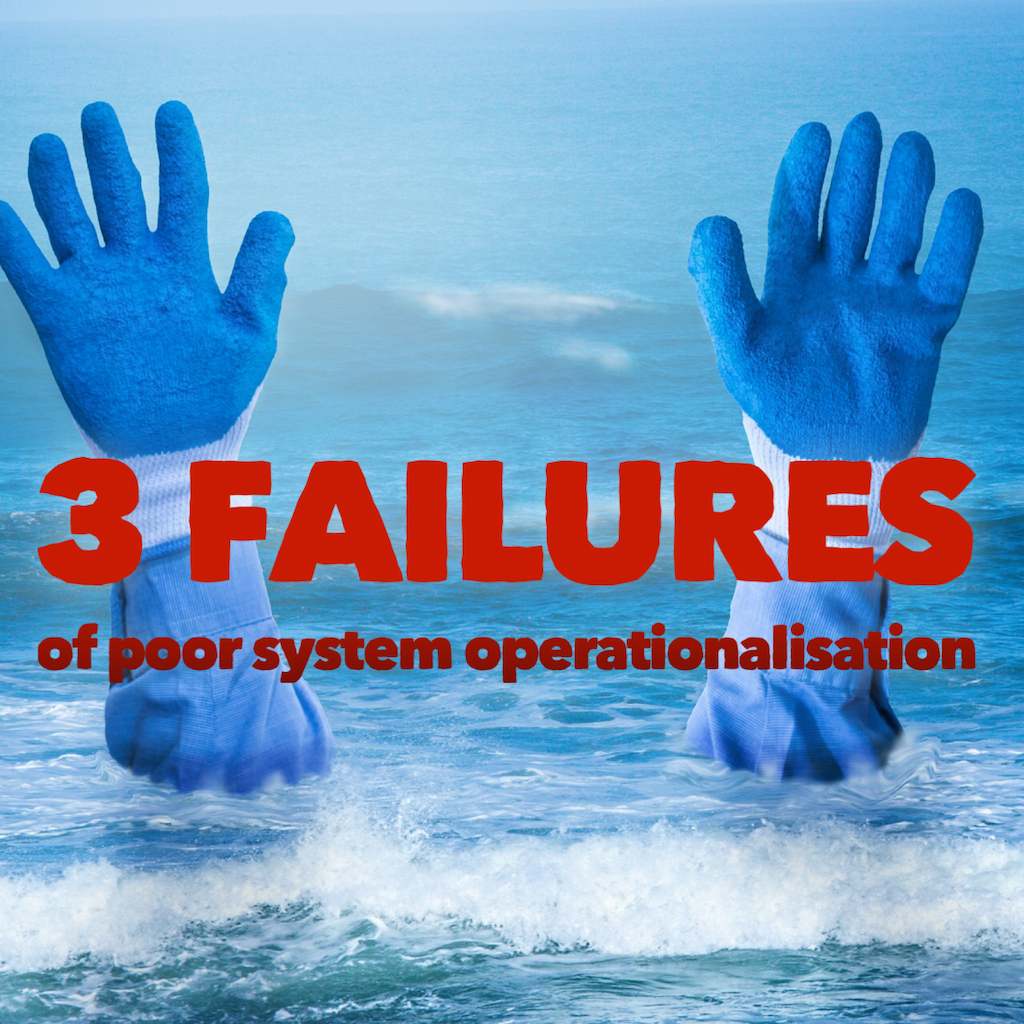Summary
Successful large system deployment failures is not merely due to poor testing of software. It is about poor operationalisation of software. This article outlines three major failures – Poor transition of software to end users, messed up business procedures and Data issues, the result of poor operationalisation. These have been curated from two articles.
FAIL #1 Avon : Poor transition of software to end users
In 2013 Avon’s $125 million SAP enterprise resource planning project failed after four years of work, development and employee testing.
ERP software can brag all it wants about functionality and all of the magical modules and apps you can use to make your business processes easier, but that won’t mean anything if your software isn’t actually usable. It’s all about aligning your software to your business processes, and if you can’t get staff to use your ERP, they won’t be carrying out the processes necessary to keep your business running. Make sure your employees are properly trained and transitioned into the new software, and that they want to use that system in the first place.
Read about this in detail at https://blog.datixinc.com/blog/erp-failure-stories
FAIL #2 Woolworth : Business procedures messed up
The Australian outpost of the venerable department store chain, affectionately known as “Woolies,” also ran into data-related problems as it transitioned from a system built 30 years ago in-house to SAP.
The day-to-day business procedures weren’t properly documented, and as senior staff left the company over the too-long six-year transition process, all that institutional knowledge was lost — and wasn’t able to be baked into the new rollout.
Read about this in detail at https://www.cio.com/article/2429865/enterprise-resource-planning-10-famous-erp-disasters-dustups-and-disappointments.html
FAIL #3 Target Canada : Data issues
Many companies rolling out ERP systems hit snags when it comes to importing data from legacy systems into their shiny new infrastructure. The company’s supply chain collapsed, and investigators quickly tracked the fault down to this supposedly fresh data, which was riddled with errors -items were tagged with incorrect dimensions, prices, manufacturers, you name it.
Thousands of entries were put into the system by hand by entry-level employees with no experience to help them recognise when they had been given incorrect information from manufacturers, working on crushingly tight deadlines. It was later found that only about 30 percent of the data in the system was actually correct.
Read about this in detail at https://www.cio.com/article/2429865/enterprise-resource-planning-10-famous-erp-disasters-dustups-and-disappointments.html
About SmartQA The theme of SmartQA is to explore various dimensions of smartness to leapfrog into the new age of software development, to accomplish more with less by exploiting our intellect along with technology. Towards this, we will strive to showcase interesting thoughts, expert industry views through high-quality content as articles, posters, videos, surveys outlined as a SmartQA Digest weekly emailer. SmartBites is “soundbites from smart people”. Ideas, thoughts and views to inspire you to think differently.
Signup to receive SmartQA digest that has something interesting weekly to becoming smarter in QA and delivering great products.

No comment yet, add your voice below!